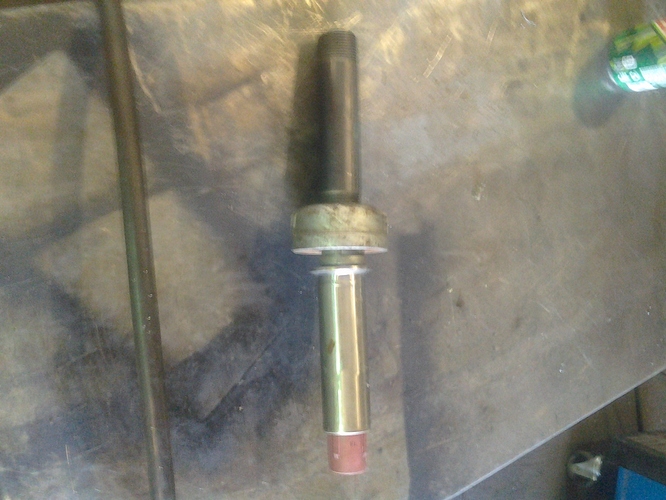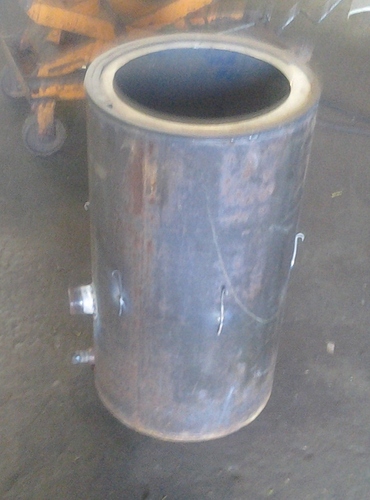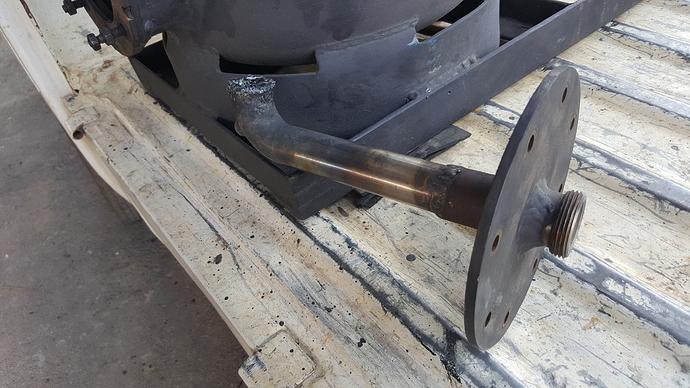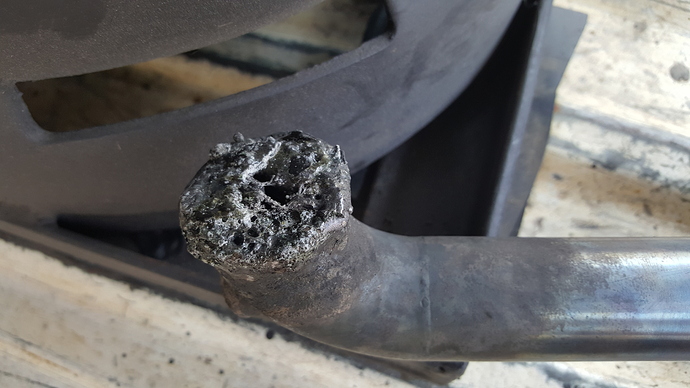Marvin,
It is normal to have the surrounding moister into your charcoal, that would not be the main problem, unless rain is dripping on it.
As general rule: quality fuel in = quality gas out… ( The sht in is sht out principle… )
I check my systems as follows: after a steady , warming up the gasifier run, where the first fumes are smoke from the moister, i shut down my flame and let the gas flow… if the gasifier is warm, i have no smoke and the gas will burn easy, the engines will run and start smooth.
The gas will be smokeless and odorless.
Once i overpull, to much airflow in the gasifier, the incoming air has no time (dwell time) to convert all it contents, the gas will be more moist , more hot and less powerfull (high Co2 content)
The gas , after warm up, will keep some fumes, moister in the filters and the flame becomes more reddish on the tips.
( imo: technically this comes from the already converted humidity into H2, that will combust into Co2 and water after leaving the reduction zone, also generating heat and some methane… )
To clarify: if the engine asks 100 volumes, the nozzle should deliver less then 100 volumes, (somewhere between 60 and 80) measured at the same speed …
The rest of the volume is from the carbon going from solid into gas state.
The less Co2 in your gas, the better your gasifier.
O2 to be avoided coz it will create some after the hot zone combustion to… ( air passing the reduction zone caused by overpull ?)
The lenght of your nozzle: i use as indicator ( huray for stainless) the lengt of blueish colorisation from the nozzlepipe.
Just keep the blue line a bit away from your wall and it will be fine.
Start without the exhaust gasses to find the best for you, then ad some as needed.
If your hot zone gets to cold, gas quality will be poor.
I tend to work on the nozzle tip temperature, melted quite some stainless and ashes been vitrified often… sizing up or down, just make it hot enough to do the desired job, quench with exhaust if to hot…
The best of the Simple fire… Its simple, it works… and it is addictive… Thank you Gary G 





